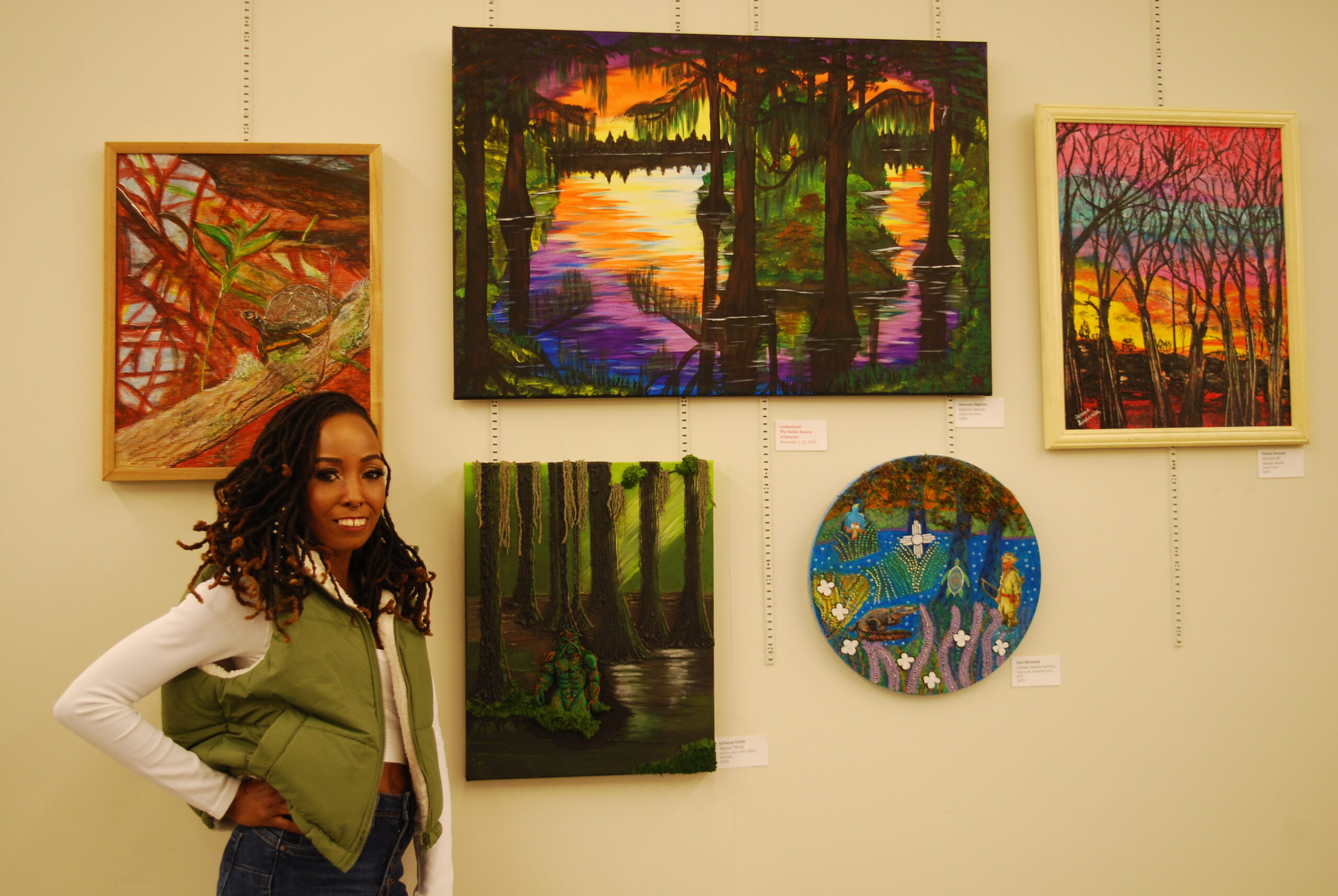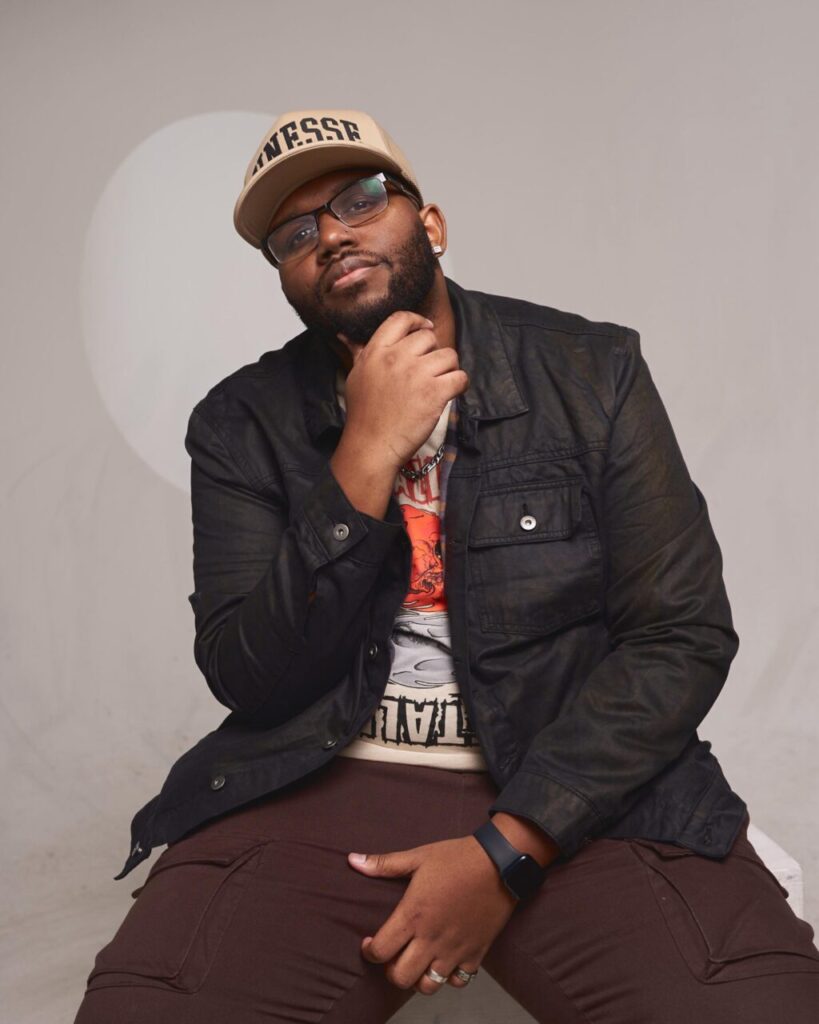Over the sounds of silverware and clinking glasses, Yuka Seka serenaded a small dinner crowd with their methodic Cuban guitar, cello and bongos. Near the front of the dimly lit Habana Room, a midtown restaurant, the trio performed a variety of Cuban standards as patrons enjoyed traditional meals.
Sergio Montolio, 33, the general manager of the Habana Room on East 48th Street and Lexington Avenue, said the restaurant atmosphere reminds customers of Cuba.
“I am trying to connect people to the culture through music and food,” Montolio said.
Pablo Moya, the guitar player and singer who started the band, said he was surprised by the number of people interested in traditional Cuban songs.
“We like playing the songs people recognize,” said Moya, 69, of Harlem.
Yuka Seka is just one of the bands in New York City that plays Cuban music, a movement that gained momentum after the debut of the Buena Vista Social Club in the late 1990s. Despite the almost 15-year-anniversary of the Buena Vista Social Club’s success, customers still flock to Cuban restaurants to hear the sounds of the island.
“You could feel the ambiance of the Buena Vista Social Club in the United States,” Moya said. “The traditional music is still fresh here.”
Moya, who was raised in Guantanamo, Cuba, said he came to the U.S. in 1999 to study orchestra and saw a thirst for music from his country. He formed the band in 2002, which primarily plays covers of Cuban standards with a few original tracks.
Ben Lapidus, a musician and associate professor of music at The City University of New York, said Cuban music has a strong history here since the first Cuban music was recorded in New York in 1899.
“I think we are in a day and age where people want to dance and listen to good music,” Lapidus said. “When Cuban bands come to the city, Cubans from all parts come to see the bands they haven’t seen since they left their homelands.”
Moya said he likes playing Buena Vista Social Club covers because the audience knows the music and sings along. The band performs without an amplifier and samples traditional styles like Son, Cha Cha Cha, and Changüí, an offbeat style of salsa from eastern Cuba.
The genres differ in tempo, but share instruments like the Cuban guitar, bongos, conga drums and cello. Faster styles like mambo and cha cha cha fall under the salsa category.
“We have a folky down to earth sound that swings,” said Jennifer Vincent, 41, the cellist who moved to New York from Oregon about 10 years ago. “We are one of the bands in New York that everyone knows.”
Vincent said the five band members shuffle between gigs depending on their availability, but there is usually three performers on stage. She added that the group doesn’t rehearse together and uses the concerts as band practice.
Renato Thoms, the group’s percussionist, said he isn’t of Cuban decent but grew up in Panama listening to the music from the Caribbean island.
“I have heard this music since I was a kid and fell in love with it,” said Thoms of Brooklyn. Thoms said that Timba, comparable to salsa, is very popular among young restaurant goers.
Kristen Husby, 31, of Minneapolis, Minn., watched Yuka Seka’s three-hour performance from her front row table, sampling the fare from the restaurant.
“The music is hypnotic,” she said.


Comments
[…] Cuban music alive in Midtown […]